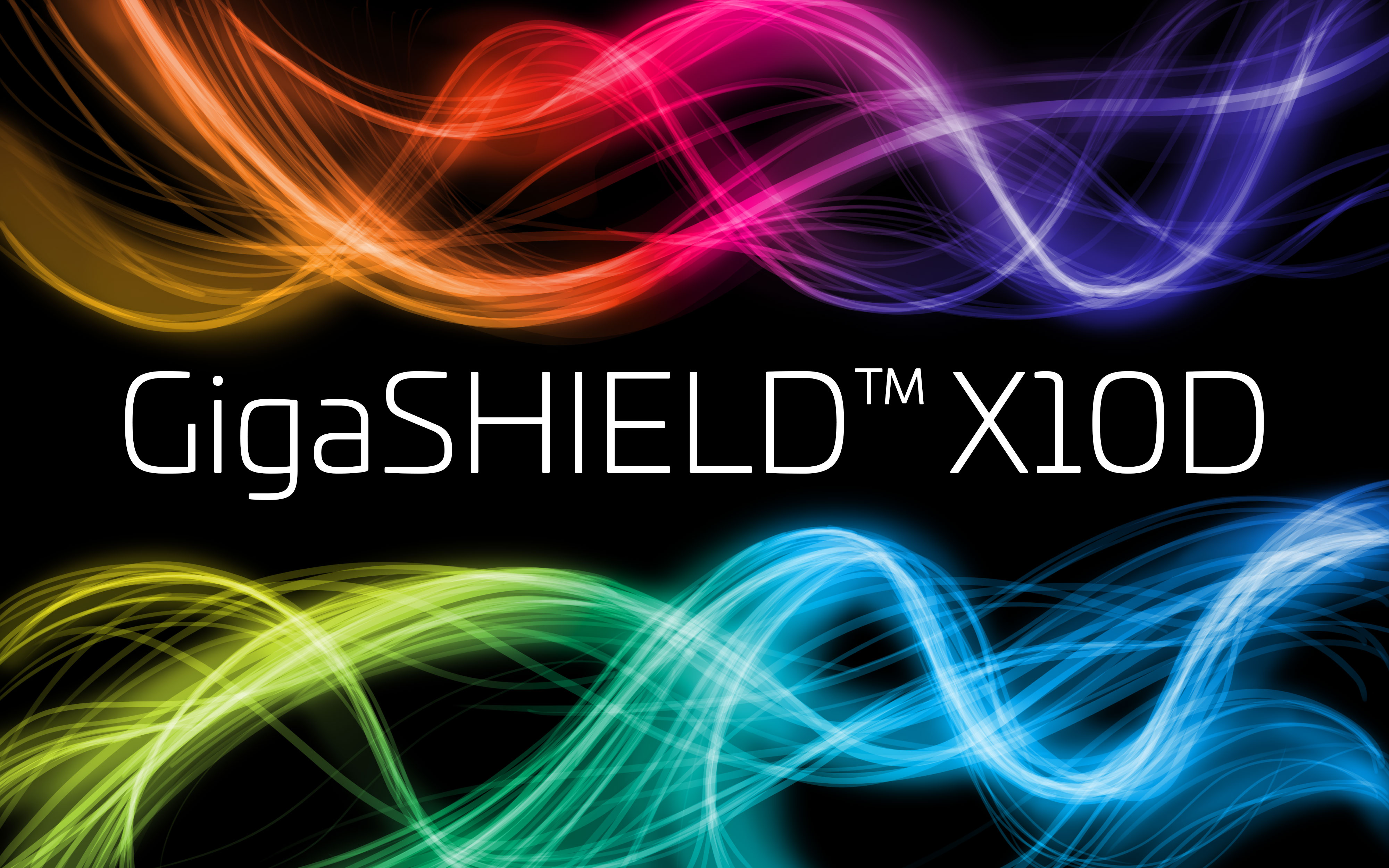Recently, The Wall Street Journal reported that Paris Hilton is working on an AI version of herself.
Artificial intelligence is continuing to revolutionize all areas of business, powering innovation in movie making to the financial sector, and everything in between. However, behind the scenes of AI systems, there is an unsung hero: structured cabling.
What is structured cabling?
The key word here is “structured” (its synonyms include organized, precise and efficient). When “structured” precedes the word “cabling,” it immediately points to a standardized way to design and install a cabling system that will be compliant to international standards, whilst providing a flexible and future-ready approach capable of supporting multiple generations of AI hardware.
Typically, an AI data center’s structured cabling will be used to connect pieces of IT hardware together using high-performance, ultra-low loss optical fiber and Cat6A copper.
What’s NOT structured cabling?
Direct attach cables (DACs) and active optical cables (AOCs) are typically used to provide point-to-point cabling. These components are not structured cabling and do not support network flexibility, because they need to be replaced every time the AI hardware’s port speeds change. Further, individual structured cabling components used on their own in point-to-point configurations do not constitute a structured cabling system.
The crucial part that structured cabling plays in AI data centers
High-speed data transmission. The sheer volume of data that AI servers produce is so large that the high-bandwidth and high-speed capabilities provided by a solid optical fiber structured cabling system becomes essential.
It’s not just the fiber itself, but the connectivity that connects the patch panels to the ports on the switches and servers. The type of speeds used (400G / 800G / 1.6T) are predicted to run mainly over parallel optics (where multiple fibers are presented in a single connector), with connector options like the MPO-16 connector and MMC-16 connector.
Due to these higher speeds, we are now seeing the introduction of angled physical connectors (APC) for multimode MPO channels—this is in addition to those we’re used to seeing deployed in single mode channels.
Scalability flexibility, and speed of deployment. What do we know about AI? Network speeds are constantly changing, and it feels like it’s happening on a daily basis. 400G and 800G are a reality today, with 1.6T coming soon. Just a few years ago, who would have believed that it was possible?
Structured cabling offers the type of scalability and flexibility needed to accommodate these speed changes and the future growth of AI networks. Being able to add new hardware to an AI network without overhauling the entire cabling brings significant advantages in saved cost and time. And in an industry where timelines are being continually squeezed, structured cabling enables speed of deployment through efficient techniques that can help the underlying infrastructure to adapt easily to meet future needs.
Minimized downtime. AI networks are finely tuned for optimal performance. Training an AI model can take days, weeks or even months. A well-architected structured cabling network can bring the type of reliability that training requires. Understanding where your cables are running, and the IT packets dependent on them, can minimize AI network downtime and assist in troubleshooting.
CapEx/OpEx efficiencies. Whilst the initial outlay for a structured cabling system may be greater than those for point-to-point or direct attach/active optical cable configurations, the structured cabling approach delivers economic advantages over the longer term by reducing the time required to perform network upgrades.
Ultimately, structured cabling can reduce the need for expensive rip-and-replace operations to meet the evolving challenges of the IT department.
The AI factory
Data centers are the “factory floor” of AI operations, and as AI continues to impact all areas of our lives, it will become increasingly integrated into emerging technologies like 5G, IoT and edge computing. This trend will only further emphasize the need for robust and scalable high-speed cabling systems.
AI is driving more complex networks that will require a higher level of planning and a more structured approach.
Conclusion
Structured cabling is often the least thought about technology when building an AI data center, but in reality, it’s every bit as important as the switches, servers and routers than sit on it.
Just as no thoughtful person would be willing to build a new house on a shaky foundation, neither would they be willing to take such a risk when planning to build a new AI data center.
AI is quickly changing how the data center is being built. It feels as if the data center industry is at an inflection point, on the cusp of a “data center 2.0,” if you will. And like Paris Hilton, we’ll need to take a step back and re-evaluate how we think about the road ahead. For us, it will be from a structured cabling point of view; we’ll leave night clubbing and DJing to others.
© 2024 CommScope, LLC. All rights reserved. CommScope and the CommScope logo are registered trademarks of CommScope and/or its affiliates in the U.S. and other countries. For additional trademark information see https://www.commscope.com/trademarks. All product names, trademarks and registered trademarks are property of their respective owners.











